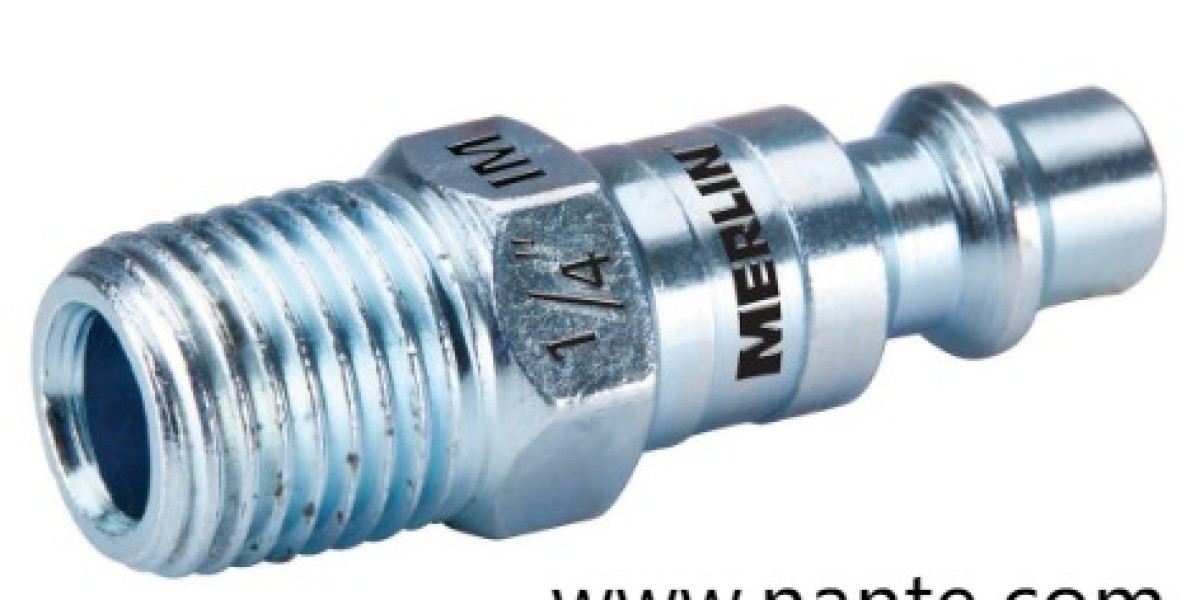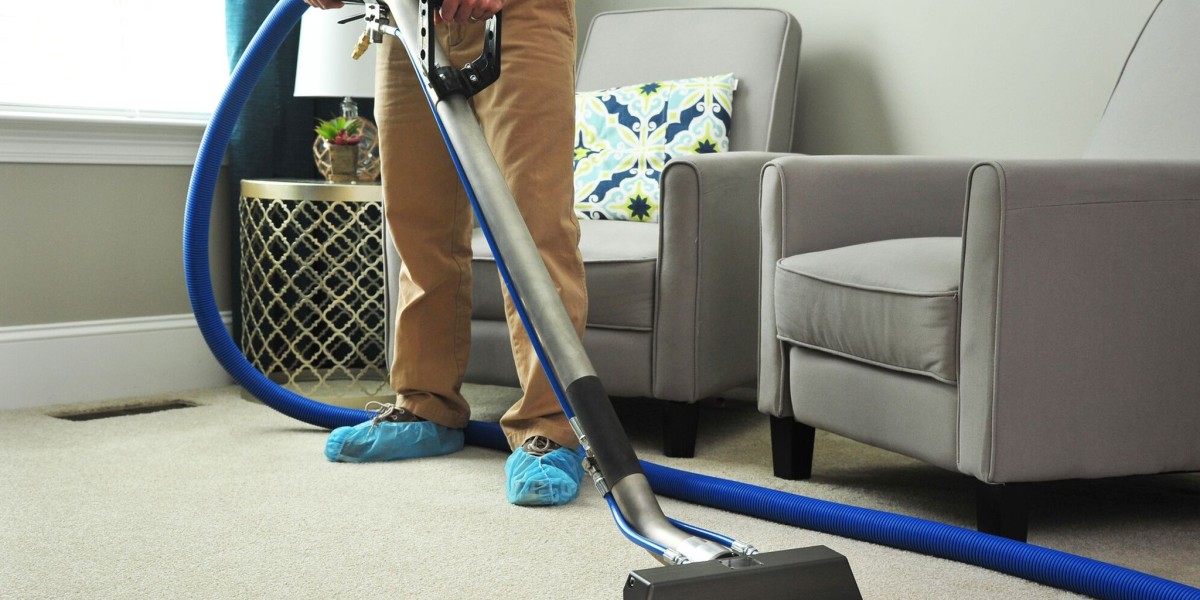On busy construction sites where equipment must connect and disconnect under rough conditions an Industrial Plug provides a durable interface that keeps work moving. Contractors, site managers and procurement teams are watching how robust connectors perform under heavy load and frequent handling, and interest has risen alongside broader shifts toward electrification and resilient supply chains. Choosing a connector that stands up to harsh handling reduces downtime and helps crews meet tight schedules without juggling repairs.
Durability begins with mechanical design. Housings that resist impact and deformation protect internal contacts from misalignment after repeated insertion cycles. Reinforced housings and secure locking mechanisms prevent accidental separation during movement and handling. Where equipment faces vibration or shock, mounts and retaining features that absorb mechanical stress maintain contact integrity and prevent intermittent operation that interrupts workflows.
Contact quality matters as much as outer strength. Solid contact faces that resist oxidation and that maintain a consistent mating surface reduce the chance of thermal build up and connection loss. Materials that tolerate cleaning and that resist abrasion keep mating faces reliable over long service intervals. When connectors remain stable under heavy current and frequent use teams avoid mid shift faults that require emergency swaps and unscheduled downtime.
Sealing and environmental protection are essential where dust moisture and corrosive agents occur. Gaskets and barriers that hold up under repeated opening prevent ingress and preserve insulation performance. Select finishes and gasket compounds so connectors cope with onsite chemicals and cleaning agents without degrading. For outdoor assemblies paying attention to drainage and to entry seals helps keep electrical paths dry and reduces corrosion risk that can lead to failure.
Ease of servicing contributes to reliability in daily practice. Connectors designed with replaceable wear components let operators swap springs contacts and seals without replacing the entire assembly. That approach lowers life cycle cost and keeps spare holdings manageable. Clear access points and labeled terminals reduce the chance of installation errors during fast paced shifts and help technicians restore service quickly when wear appears.
Testing under realistic conditions closes the gap between specification and onsite performance. Field trials that mimic heavy handling and thermal stress reveal how a connector will behave in production. When procurement teams request test reports and witness trials they gain confidence that chosen parts meet operational demands. Robust testing reduces surprises and supports smoother rollouts across multiple sites.
Training and work routines amplify hardware strengths. Showing crews how to mate connectors correctly and how to check locking features prevents damage from misuse. Simple steps such as verifying engagement and cleaning contact faces after grit exposure extend service life and reduce repair cycles. When crews adopt a consistent approach older units remain useful and replacement needs follow predictable patterns.
Modular designs support evolving site needs. Connectors that accept inserts for monitoring or control make it easier to add condition sensing without reworking main feeds. That modularity enables phased upgrades while leaving primary mechanical interfaces intact. Planners can add telemetry to detect temperature shifts or to flag excessive resistance so maintenance teams act before service breaks.
Supply considerations shape choices in current markets. Picking parts with available spares and with clear support paths reduces the pain of shortages. Vendors that publish accessory lists and that commit to ongoing parts availability make maintenance planning simpler. Contract teams that favor stocked common items avoid long procurement delays and keep projects on track.
Safety and regulatory alignment remain central. Choosing assemblies that match expected use and that include simple locking features reduces the chance of accidental disconnect during live operations. Clear labeling and safe isolation practices associated with connector installations make routine checks quicker and reduce risk during intervention. When operators understand safe workflows connectors perform within controlled boundaries and contribute to stable site operations.
Sustainability enters the conversation through repair friendly design and material choices. Components that allow part level replacement and that use recyclable materials reduce waste at end of life. Planning for repairs instead of full replacements saves cost and reduces environmental impact across large fleets of equipment. These choices align with wider industry discussions about resource stewardship and sensible procurement.
Integration with site logistics improves everyday reliability. Choosing mounting locations that minimize cable strain and that keep connectors away from pinch points prevents mechanical damage. Simple brackets and routing paths that protect cable entries reduce wear at terminals and preserve seals. When layout teams and electricians coordinate placement, installation quality rises and service windows shrink.
Selecting a partner who provides clear documentation and responsive support eases implementation. Vendors that supply installation guides, recommended spares and troubleshooting advice help crews maintain uptime. Access to straightforward technical help speeds repairs and reduces the need for improvised fixes that can shorten component life.
As construction sectors shift toward higher electrification and denser temporary power needs, the right connector strategy shapes how well sites perform. Choosing durable assemblies, planning for repair friendly service, and training crews on proper handling combine to preserve continuity and to reduce emergency maintenance. If you want assistance selecting connectors that match handling patterns and environmental demands visit www.nante.com for product details accessory options and technical resources. Reach out to discuss how a practical connector plan can support steady work rhythms and simplify lifecycle care.








